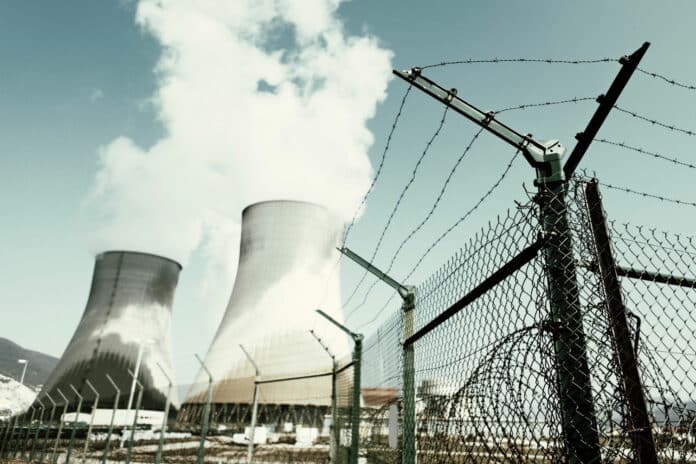The United States currently gets nearly 20% of its electricity from nuclear energy. With 92 reactors dispersed around the nation, the United States boasts the largest nuclear fleet in the world. Many of these power plants have operated for over 50 years and are nearing the end of their anticipated lifespans.
A new study explored how nuclear shutdowns in the United States could affect air pollution, climate, and health with existing and alternative grid infrastructure. In a scenario where all nuclear power plants in the nation have been shut down, MIT scientists examine how various energy sources, such as coal, natural gas, and renewable energy, would satisfy the consequent energy needs over the course of an entire year.
According to their calculations, air pollution would undoubtedly rise as coal, gas, and oil sources ramp up to compensate for the loss of nuclear power. This may not be shocking in and of itself. Still, the team has quantified the hypothesis and predicted that the rise in air pollution would have substantial health consequences, leading to an additional 5,200 pollution-related fatalities in a year.
They discovered that Black or African American communities — of whom a disproportionate number reside close to fossil-fuel plants — faced the most exposure when they looked at the populations directly impacted by the increased pollution.
Lead author Lyssa Freese, a graduate student in MIT’s Department of Earth, Atmospheric and Planetary Sciences (EAPS), said, “This adds one more layer to the environmental health and social impacts equation when you’re thinking about nuclear shutdowns, where the conversation often focuses on local risks due to accidents and mining or long-term climate impacts.”
Study author Noelle Selin, a professor at MIT’s Institute for Data, Systems, and Society (IDSS) and EAPS, said, “In the debate over keeping nuclear power plants open, air quality has not been a focus of that discussion. What we found was that air pollution from fossil fuel plants is so damaging that anything that increases it, such as a nuclear shutdown, is going to have substantial impacts, and for some people more than others.”
In the current study, the team evaluated how the US energy system might react to the shutdown of nuclear power by using an energy grid dispatch model created by Jenn. The model runs continuously to predict, hour by hour, the energy demands in 64 regions while simulating the output of every power plant.
The model chooses to turn a plant’s production up or down based on cost, much like how the real energy market works: Plants providing the cheapest energy at any given time are given priority to supply the grid over more expensive energy sources.
Data on each plant’s fluctuating emissions and energy costs over the course of an entire year were fed into the model by the team. The model was then run under a variety of scenarios, including a grid without nuclear power, a baseline grid identical to today’s grid, and a grid without nuclear power but also includes the additional renewable sources that are anticipated to be added by 2030.
To simulate the movement of each plant’s varied emissions around the nation and to superimpose these tracks on maps of population density, they integrated each simulation with an atmospheric chemistry model. Based on the population’s level of exposure, they estimated the risk of early death for those living in the pollution route.
The scientists fed into the model information on each plant’s varying emissions and energy prices over an entire year. The model was then run under several scenarios, including a grid without nuclear power, a baseline grid that is precisely like the current grid, and a grid without nuclear power but also incorporating the additional renewable sources that are predicted to be added by 2030.
They combined each simulation with an atmospheric chemistry model to simulate the transport of each plant’s various emissions across the country and to superimpose these tracks on maps of population density. They calculated the probability of early death for people residing along the path of the pollution based on the population’s level of exposure.
Freese said, “We need to be thoughtful about how we’re retiring nuclear power plants if we are trying to think about them as part of an energy system. Shutting down something that doesn’t have direct emissions can still lead to increases in emissions because the grid system will respond.”
Study author Noelle Selin, a professor in MIT’s Institute for Data, Systems, and Society (IDSS) and EAPS said, “This might mean that we need to deploy even more renewables to fill the hole left by nuclear, which is essentially a zero-emissions energy source. Otherwise, we will have a reduction in air quality that we weren’t necessarily counting on.”
Journal Reference:
- Freese, L.M., Chossière, G.P., Eastham, S.D. et al. Nuclear power generation phase-outs redistribute US air quality and climate-related mortality risk. Nat Energy (2023). DOI: 10.1038/s41560-023-01241-8
